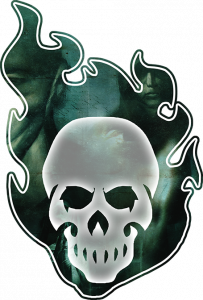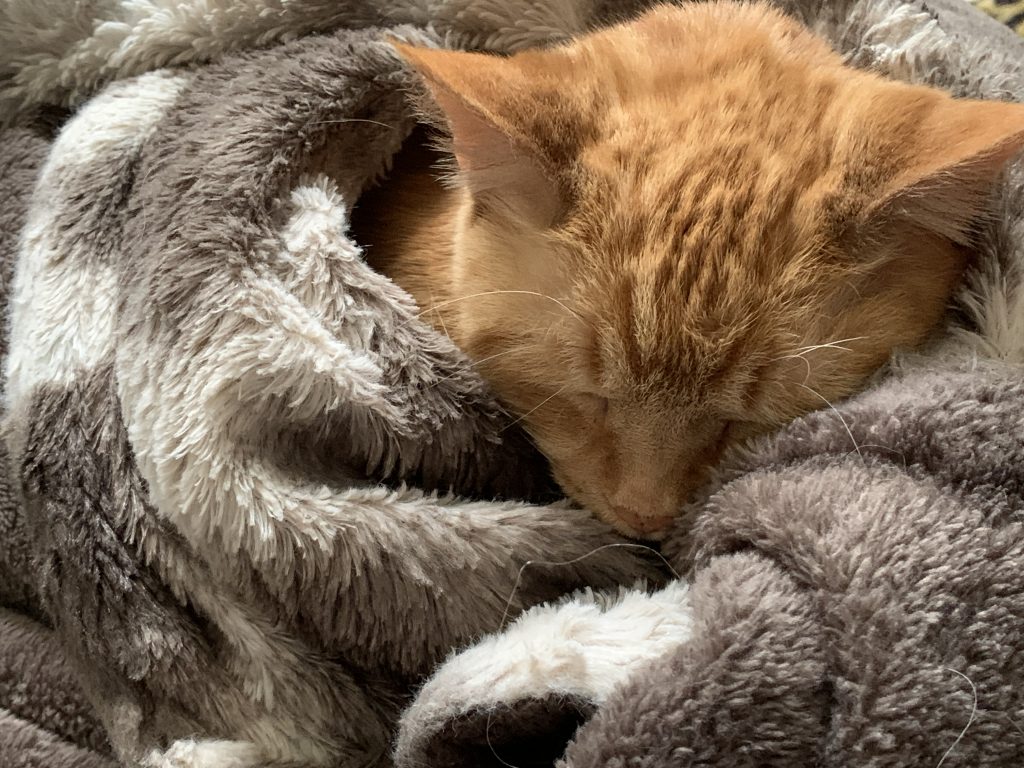Hello readers,
I’m going to be at the RadCon science fiction and fantasy convention in Pasco, Washington later this week, but I wanted to pop in with a writing-related post before I head out.
A few weeks ago, I watched Netflix’s Unbelievable. It’s a dramatization of what happened to Marie Adler and a parallel investigation tracking a serial predator conducted by two female detectives. It is their work that led to her attacker’s arrest.
This was a very hard show to watch, but I powered through it because I wanted Marie to have a happy ending. Unlike fiction, this is a dramatization of real events. Someone named Marie was a victim who wasn’t believed. Someone named Marie was coerced into saying she lied about her assault. And someone named Marie suffered greatly for it. What can we, as writers, take from this show? Unbelievable highlighted a very important fact: not everyone responds to trauma in the same way. Now, I’m of the mind that no, you do not have to experience trauma to accurately relay what that’s like on the page. But, we as writers do need to recognize that there is a spectrum of emotions and reactions involved affected by your identity and the circumstances of your life.
In fiction, I sometimes think we’re so focused on what the stakes are in the story big-picture wise, we forget that the consequences of a character experiencing so many traumatic experiences impact their day-to-day life, too. Some characters are going to get quiet, like Marie, because they just want to forget and get on with life. Others want to maintain what they have, because a lack of change means the illusion of stability despite how “good” or “bad” their lives currently are. Others might worry about how they impact other people around them. Are they revealing too much emotionally? Not enough? If others respond poorly when they open up, the protagonist won’t necessarily shut down. Sometimes, they get angry. Sometimes, they walk away entirely.
Trauma in fictional narratives can also be challenging to present because the main character often needs to overcome these experiences in order to move forward with their unrelated goals. It is very easy for the effects of trauma to eclipse a character’s arc, because the process to heal can take a long time (even with help). Overcoming trauma quickly doesn’t always happen in real life as neatly as it might in a narrative. Sometimes, characters freeze up at odd moments because they’re triggered and they’re having a flashback—a technique that’s explored in Locke and Key. I won’t spoil how Kinsey overcomes her trauma other than to say that she does, while her brother Tyler deals with his emotions in a very different way.
My suggestion when you’re writing about a character who’s been traumatized is to weigh the protagonist’s health while thinking how they impact the world and the other characters around them. In most cases, I would also treat healing from trauma as a process rather than an explicit goal. Your emotional character arc could be focused around healing and learning coping mechanisms. Trauma is a big subject to tackle, and are a lot of questions you can ask yourself. I’ll list some of them here for your benefit:
1) What’s your protagonist’s background? How does this contribute to their day-to-day activities before and after the trauma?
2) Take a look at your supporting characters. Is there an opportunity to show a moment of empathy because one of them experienced something similar? Or support while emphasizing they don’t know how to help?
3) How has your protagonist’s health (emotional, mental, physical) been affected?
4) Do your protagonist’s primary goals change after the experience? Why or why not?
5) How does your protagonist behave differently after they’ve experienced trauma? What elements help them feel better/worse? What coping mechanisms do they learn?
Again, I want to emphasize that trauma is not a light or an easy subject to address. My point here, especially after watching Unbelievable, is that the aftermath of a traumatic incident doesn’t generate a static list of goals, behavioral traits, and events your character must experience. The aftermath of trauma is the start of a healing journey. Just as no two bodies are exactly alike, no two journeys are, either.


